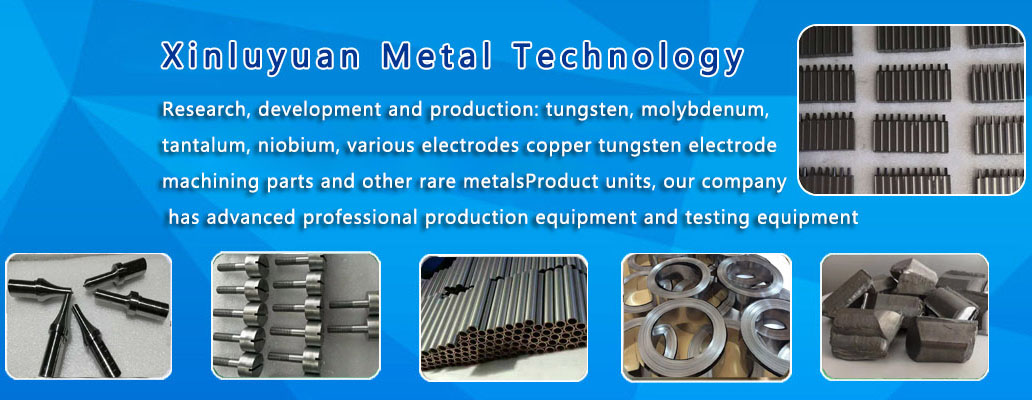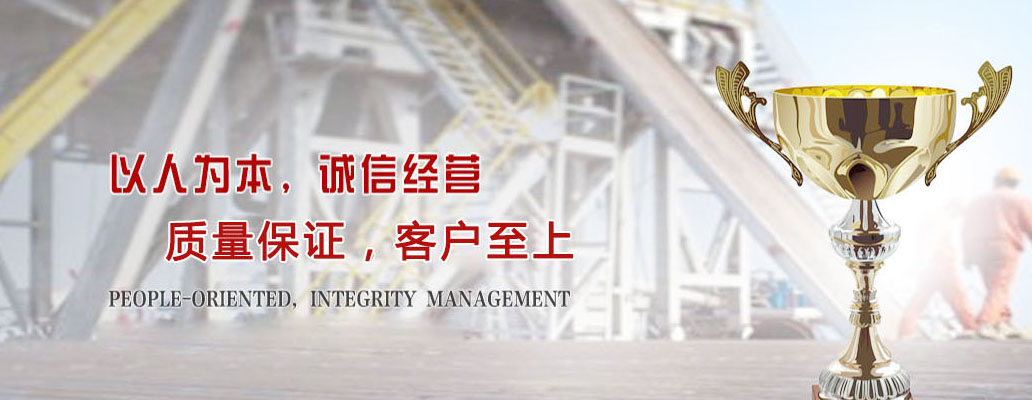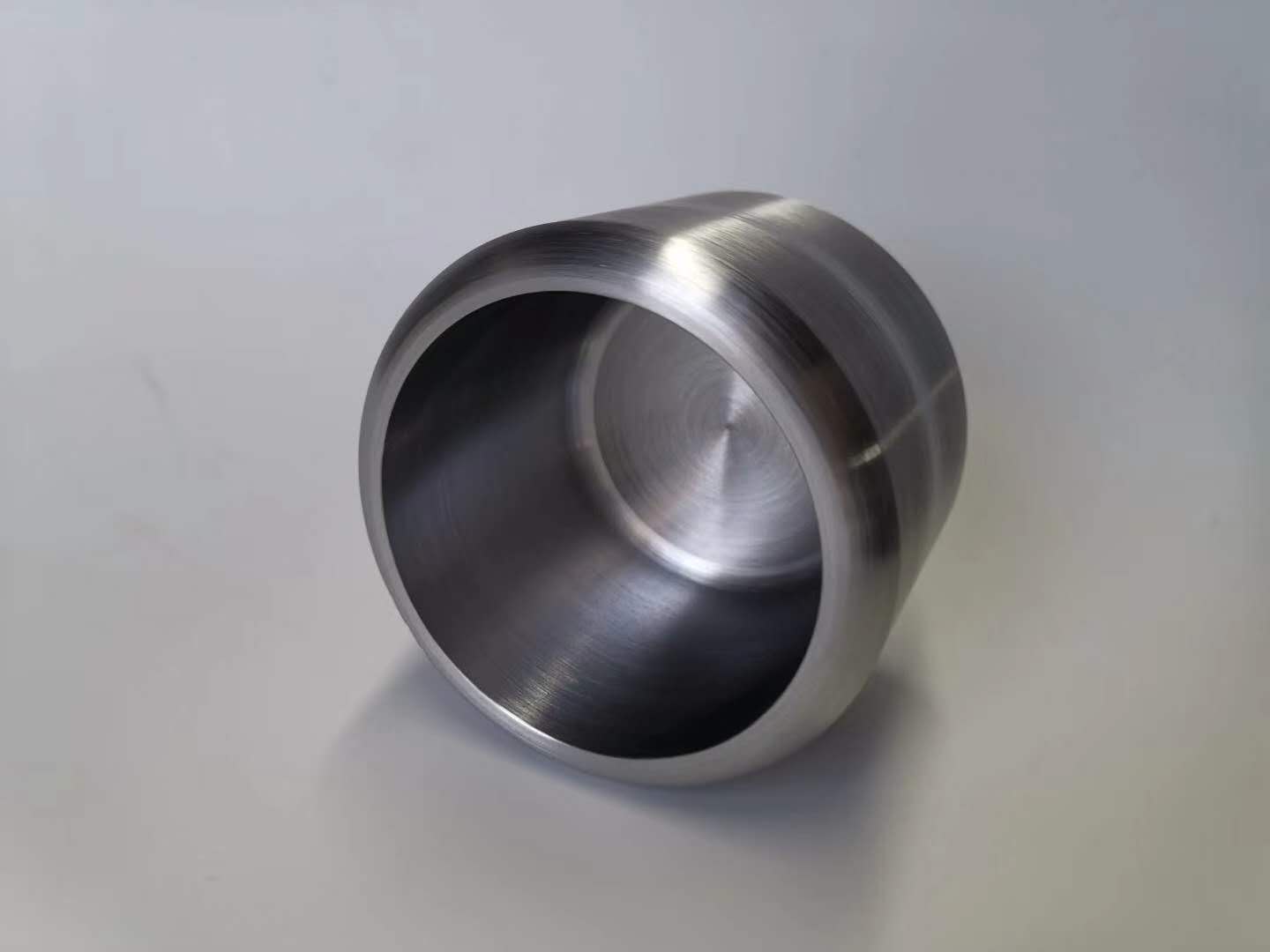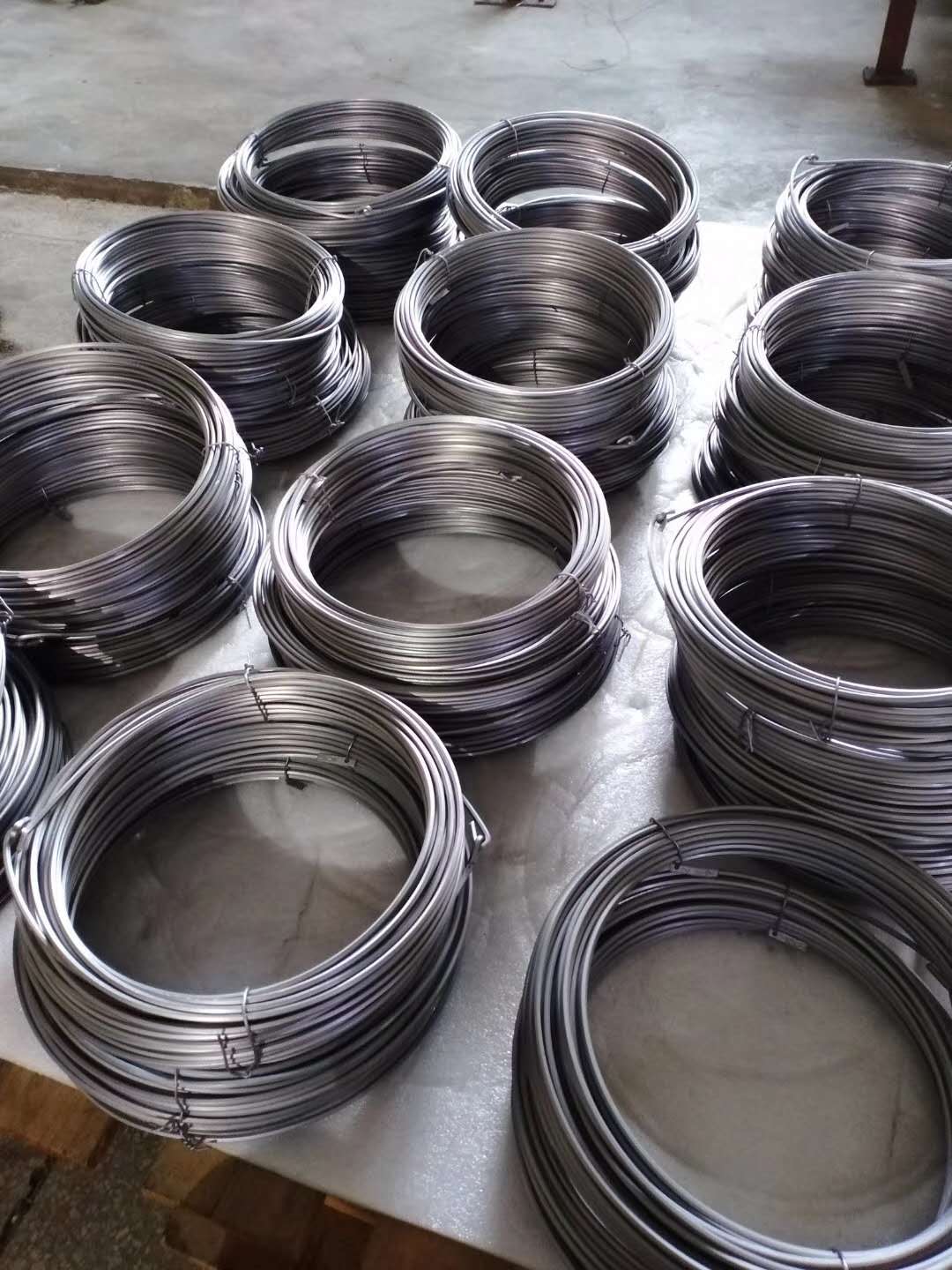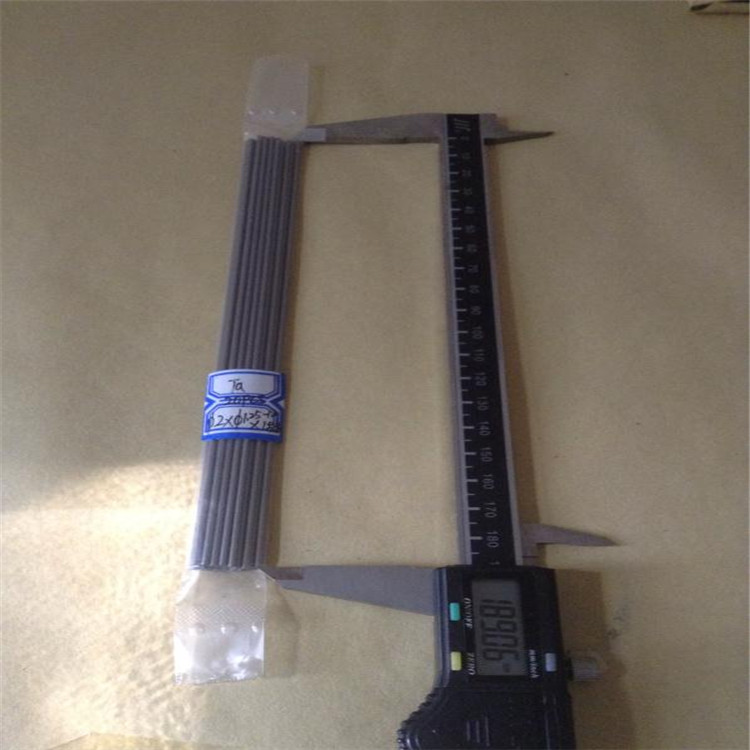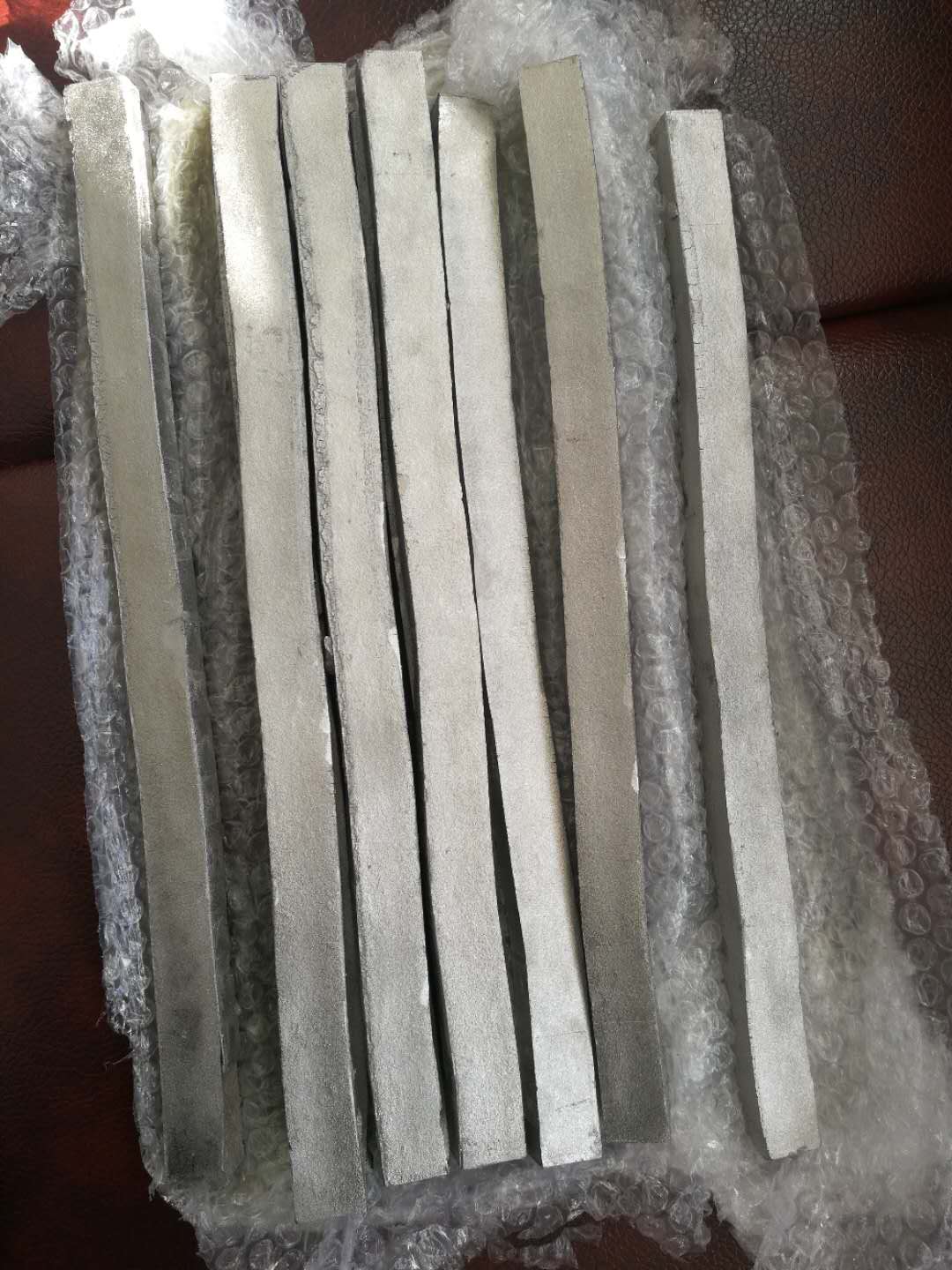
Properties of titanium alloy and its grinding characteristics
The following is a summary of the various types and processing characteristics of titanium alloy. At the same time, the grinding characteristics and processing difficulties are also summarized and analyzed. Solutions to the grinding difficulties, such as burns and grinding wheel adhesion, as well as the possibility of an efficient grinding are also presented.
1. Classification of titanium alloys
In 1956, McGowulen made a strict distinction between titanium alloys based on the difference in annealed state, and delineated different types, mainly divided into three types:, and + titanium alloys.
TC4 (TI-6al-4V) belongs to the + phase structure, belongs to the largest amount of titanium alloy, is also the most complete performance data of titanium alloy, aluminum and vanadium elements are TC4 (Ti-6al-4V) contains the main alloying elements, aluminum is stabilization elements, vanadium is stabilization elements.
2. Processing characteristics
Titanium equipment. JPG
TC4 titanium alloy is very difficult to process. The comprehensive process of titanium and titanium alloy is very different from steel, aluminum alloy and many heavy metals in terms of crystal structure, physical properties and chemical properties. The following three factors determine that titanium alloy is a hard metal to process.
(1) Due to the instability of its chemical composition. TC4 titanium alloy under the thermal deformation can react with oxygen and nitrogen, even with some oxygen-containing gas produces chemical reaction, reaction can produce scale attached to the surface, if the temperature is higher, reaches above 900 ℃, attached to the oxide coating on the surface of the workpiece will generate scales, so that the oxygen and nitrogen are likely to metal internal diffusion, will eventually form suction surface layer. Higher hardness and lower plasticity are the characteristics of this type of inspiratory layer.
(2) The performance of cementite in the metallographic structure belongs to a complex FE-C compound, vickers hardness can reach as high as HV1100, but the impact toughness is almost no.
(3) Low thermal conductivity: the thermal conductivity of titanium alloy is only about 1/15 of that of aluminum alloy and 1/5 of that of steel if compared with other alloys such as aluminum alloy. Compared with aluminum alloy and steel, the temperature conductivity and thermal conductivity of titanium alloy are much lower, with only about 1/15 of aluminum alloy and about 2/7 of steel, which has a great influence on the surface processing quality of some titanium alloy parts.
3. Grinding characteristics
Because titanium alloy with high strength, good thermal stability, high temperature and high strength, large chemical activity, low thermal conductivity, low elastic modulus of materials properties, so the grinding up very difficult, belong to one of the most difficult processing materials, also because of this, its application range is very limited, because of the grinding performance of titanium alloy is very poor, this or that kind of problem existed when grinding.
The main grinding characteristics of TC4 titanium alloy are as follows:
(1) The bonding problem of grinding wheel is serious. The surface of grinding wheel is adhered to titanium alloy, and the binding surface is like smoke. The main reason is that the adhesive falls off in the grinding process, which will lead to the grinding particles falling off with the grinding process, which will eventually seriously damage the grinding wheel.
(2) High grinding force and high grinding temperature. Do single star abrasive grinding experiment found that when grinding titanium alloys, accounts for a large proportion of brush process is smooth, and the abrasive grain and workpiece contact time is very short, in this very brief time produce friction and severe elastic and plastic deformation, and titanium alloy to be ground to become a chip, resulting in a large grinding heat, when the grinding temperature up to 1500 ℃.
(3) Grinding will produce laminated crack chips, the main reason is the complex deformation. Banded chips are mostly formed when grinding 45 steel with white corundum wheel (WA60KV), while laminated crushed chips are mostly formed when grinding titanium alloy with green silicon carbide wheel (GC46KV).
(4) At high temperature, the chemical activity of TC4 titanium alloy is quite active, and it is easy to combine with oxygen, nitrogen, hydrogen and other elements in the air to have a violent reaction, forming brittle and hard metamorphism layer such as titanium dioxide, titanium nitrite, titanium hydride and so on, resulting in the reduction of the plasticity of TC4.
(5) In the grinding process of titanium alloy, affected by difficult to solve the problem, mainly because the incoming workpiece grinding heat is difficult to export, easy to make the workpiece deformation, burn, and even some cracks, therefore, the surface of the workpiece will appear different degrees of roughness.
4. Grinding technology innovation
4.1 Suppression measures to solve grinding burns and cracks
There are some problems in processing TC4 titanium alloy with grinding wheel, the most serious of which is the adhesion phenomenon. Due to the high speed, high grinding force and high temperature, the surface will be burned and cracks will occur. Ren Jingxin et al. conducted some experimental studies to reduce the burn and crack phenomenon during the processing. They thought that they could use a softer grinding wheel, such as silicon carbide or silicon cerium carbide grinding wheel instead of corundum grinding wheel. Also should pay attention to and processing parameters, such as the speed of the grinding wheel should not be too fast, the experimental analysis of not more than 20 meters per second, also cannot too much grinding depth, not more than 0.02 mm, the movement of the workpiece speed also have asked, probably within 12 to 16 meters per minute, grinding fluid is not only about good heat dissipation, but also emphasize the lubrication effect of he, such can effectively inhibit adhesion phenomenon, if is a dry grinding, the lubricant can be used in a solid lubricant impregnation grinding wheel.
4.2 Grinding wheel bonding in titanium alloy grinding and its inhibition measures
In the grinding process of titanium alloy, there is generally a high grinding temperature and a large normal force, so violent plastic deformation will appear in the grinding zone of titanium alloy, abrasive and metal through physical or chemical adsorption bonding effect; The reason for the transfer of the ground metal to the abrasive grain is the influence of shear force, which leads to the bonding of the grinding wheel. Finally, the grinding grains are broken. When the grinding force exceeds the binding force between the grinding grains, the grinding grains and the adhesive will be separated from the grinding wheel.
4.3 High speed and high efficiency grinding
The high speed grinding machine designed and manufactured by the National High Efficiency Grinding Technology Research Center of Hunan University has been carried out by scholars on TC4 titanium alloy. The influence of grinding amount on grinding force per unit area and specific grinding energy was analyzed. If the grinding wheel linear velocity vs increases, the grinding force per unit area will decrease obviously, but if the table speed VW and grinding depth AP increase, the grinding force per unit area will increase. The grinding energy increases with the increase of grinding wheel linear velocity vs, but decreases with the increase of table velocity VW and grinding depth AP.




